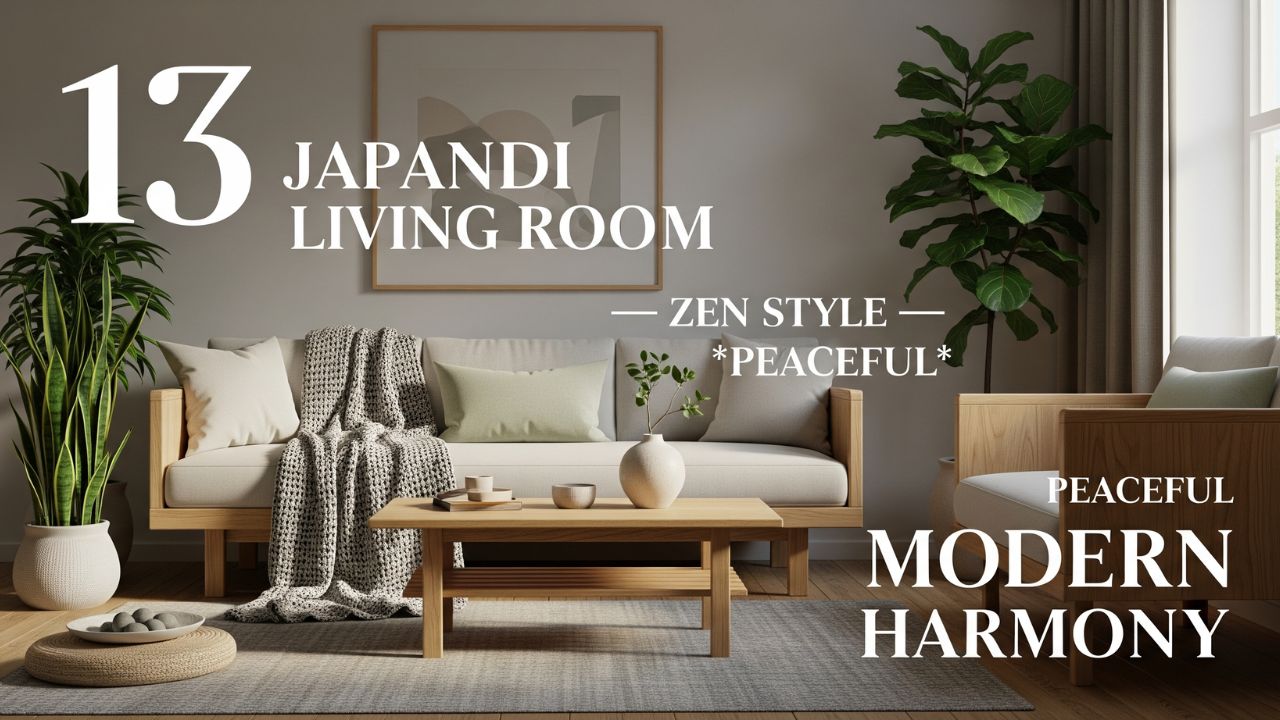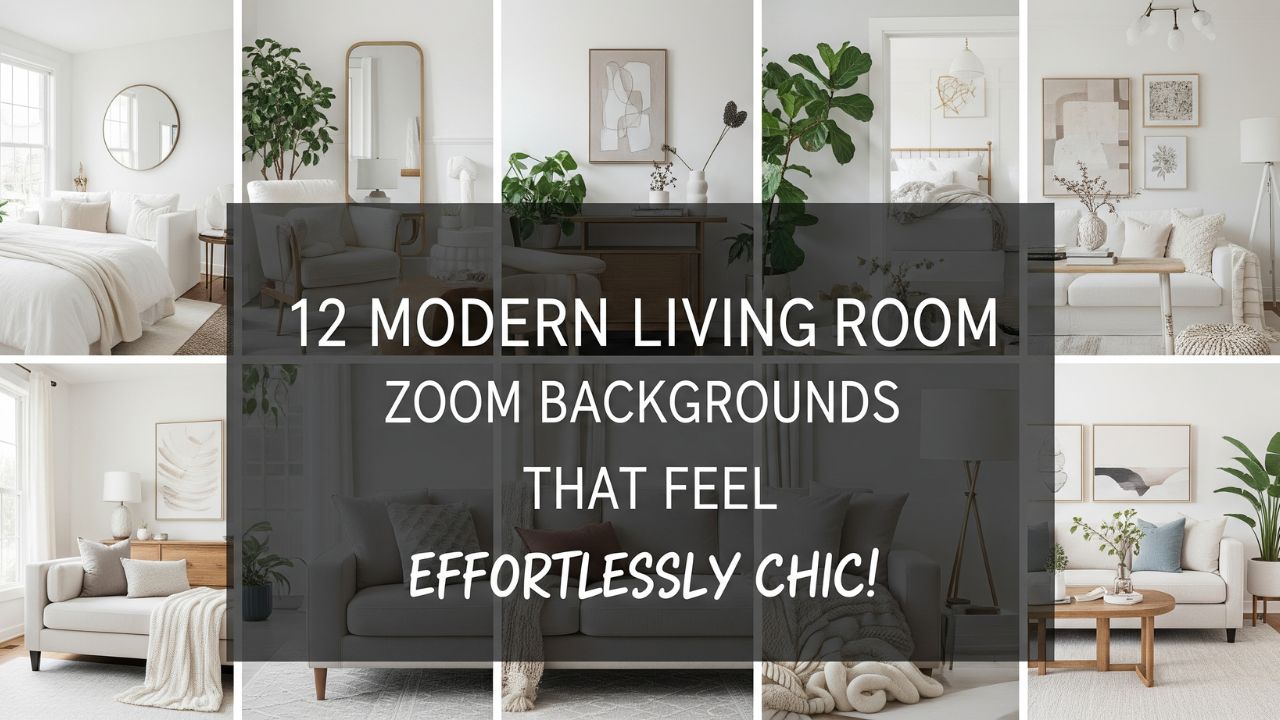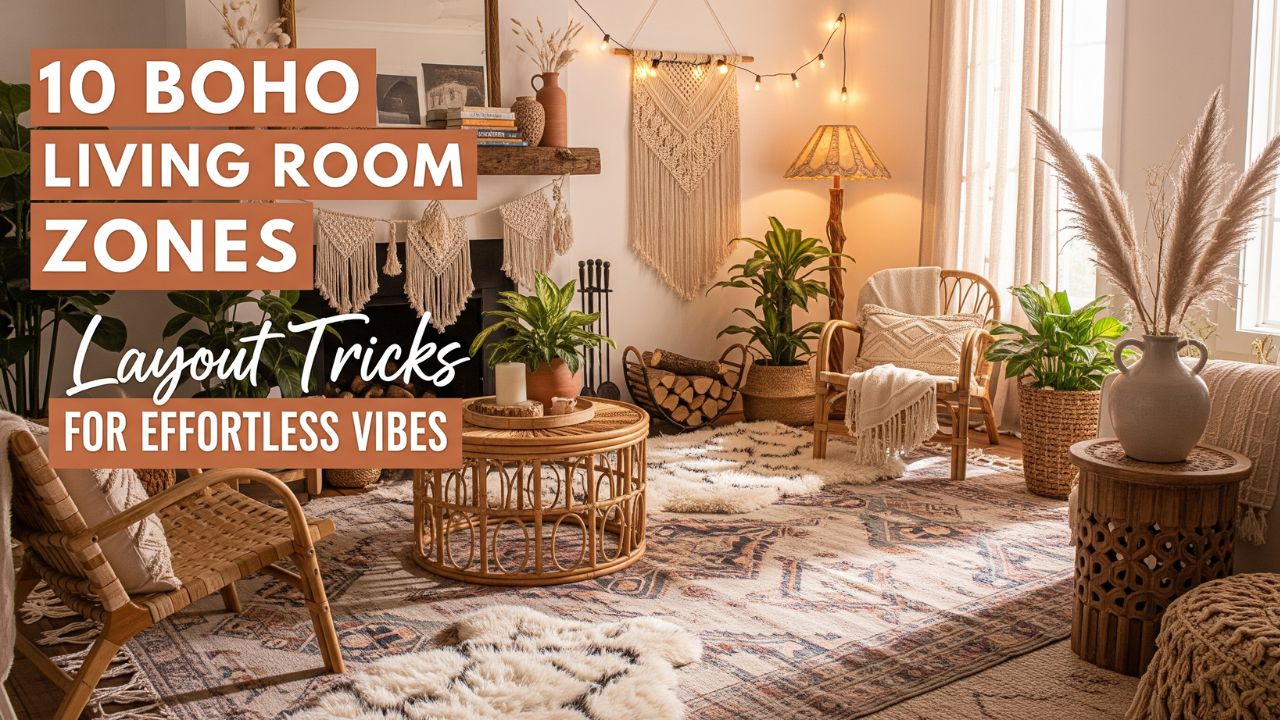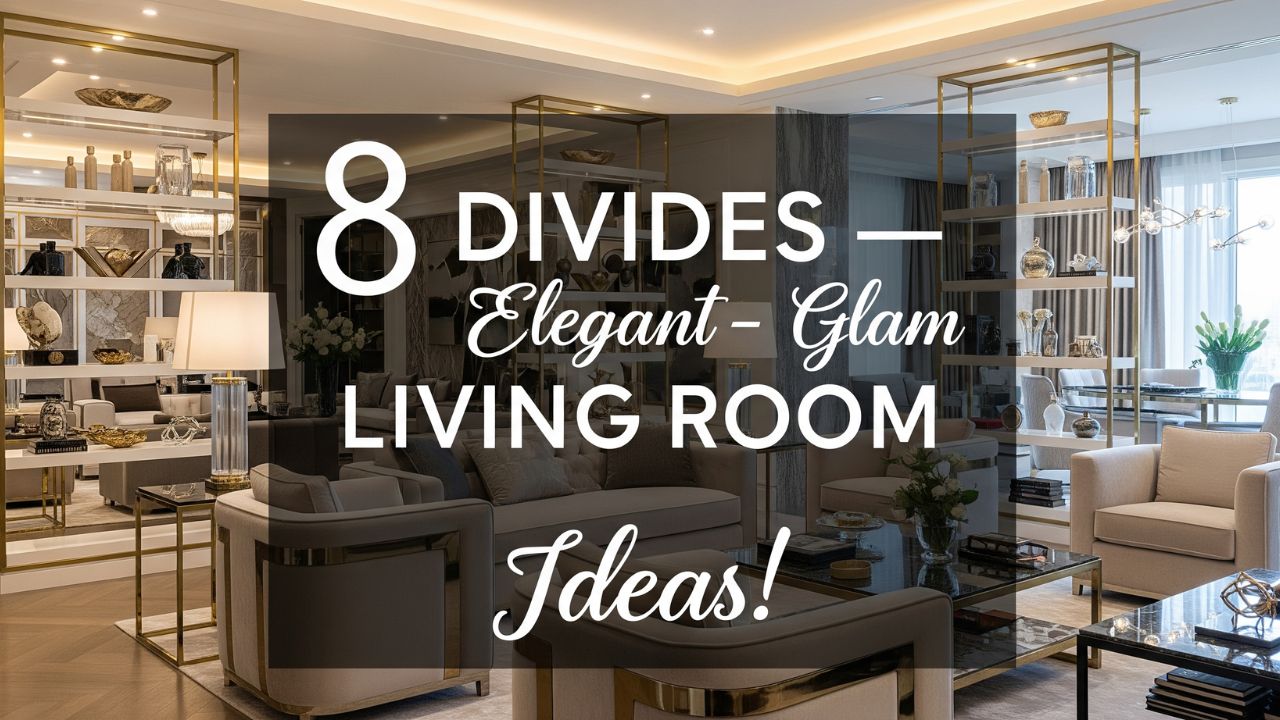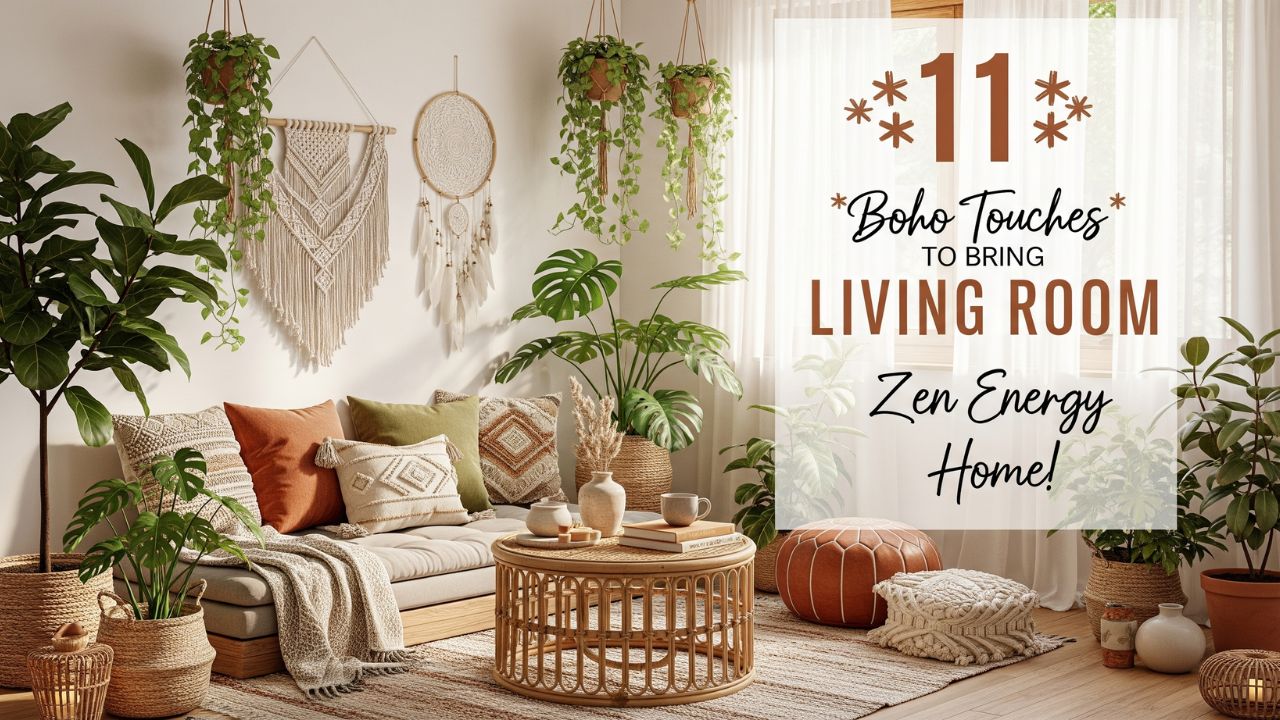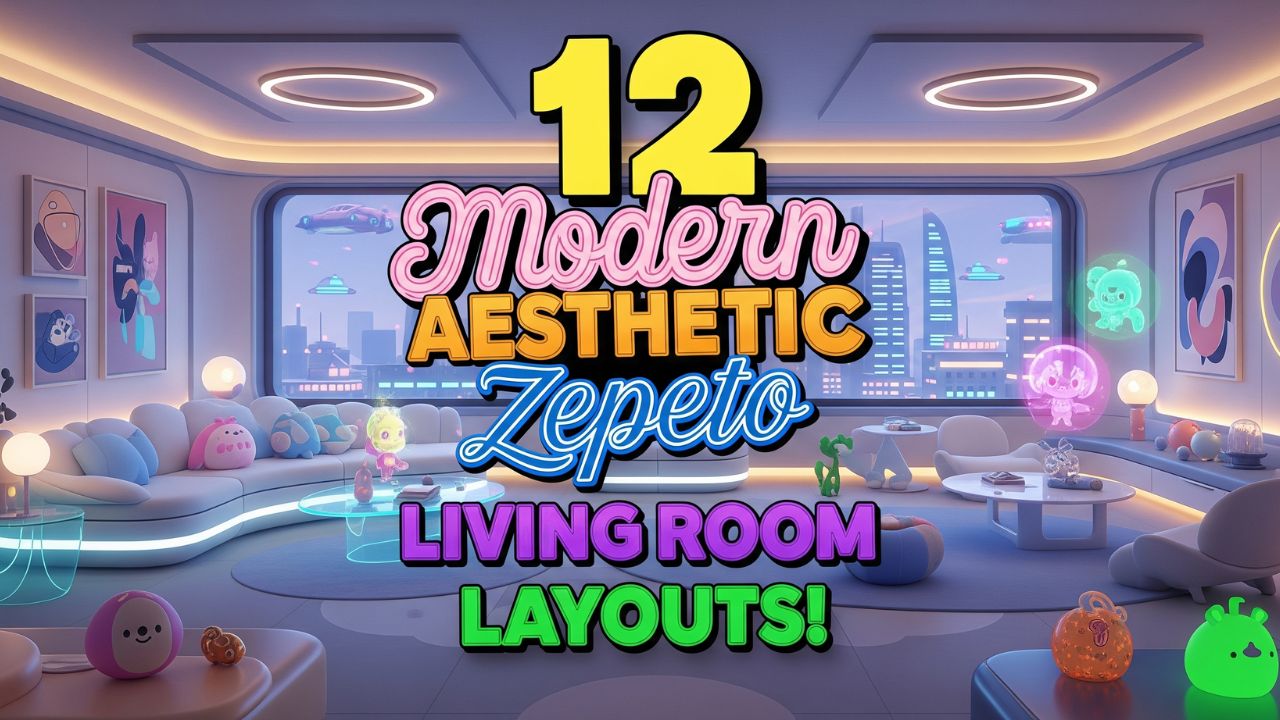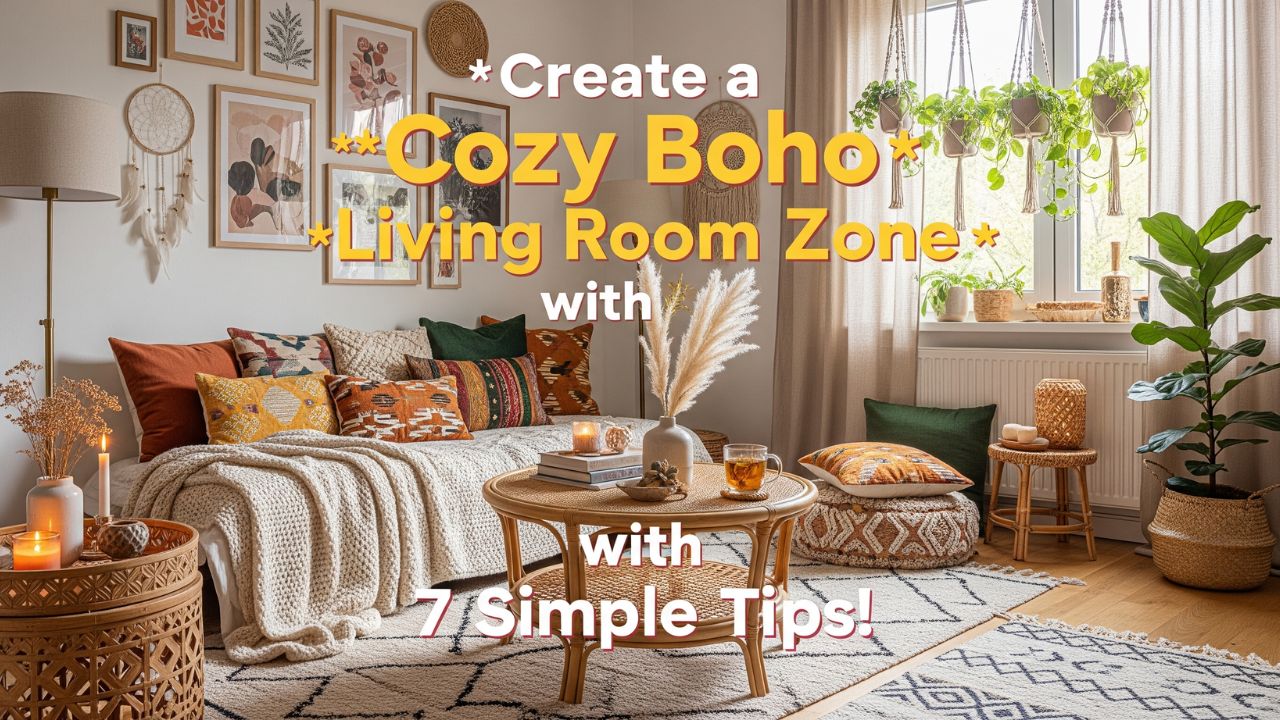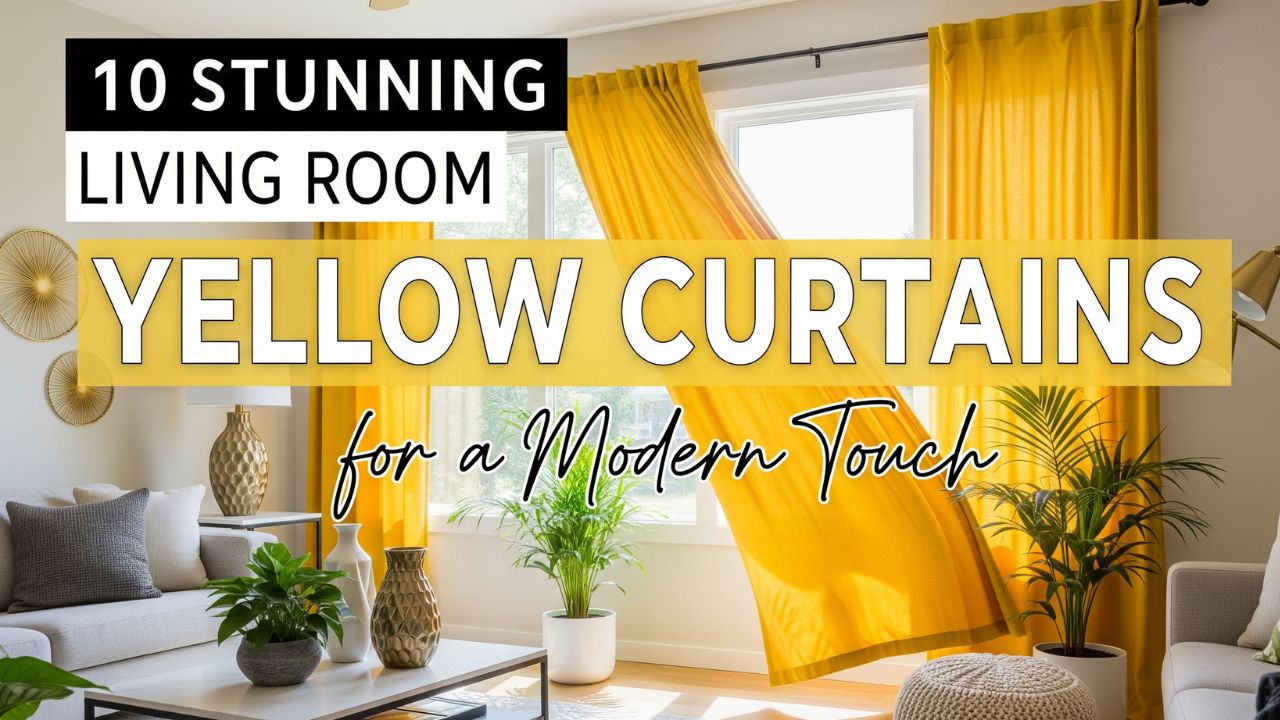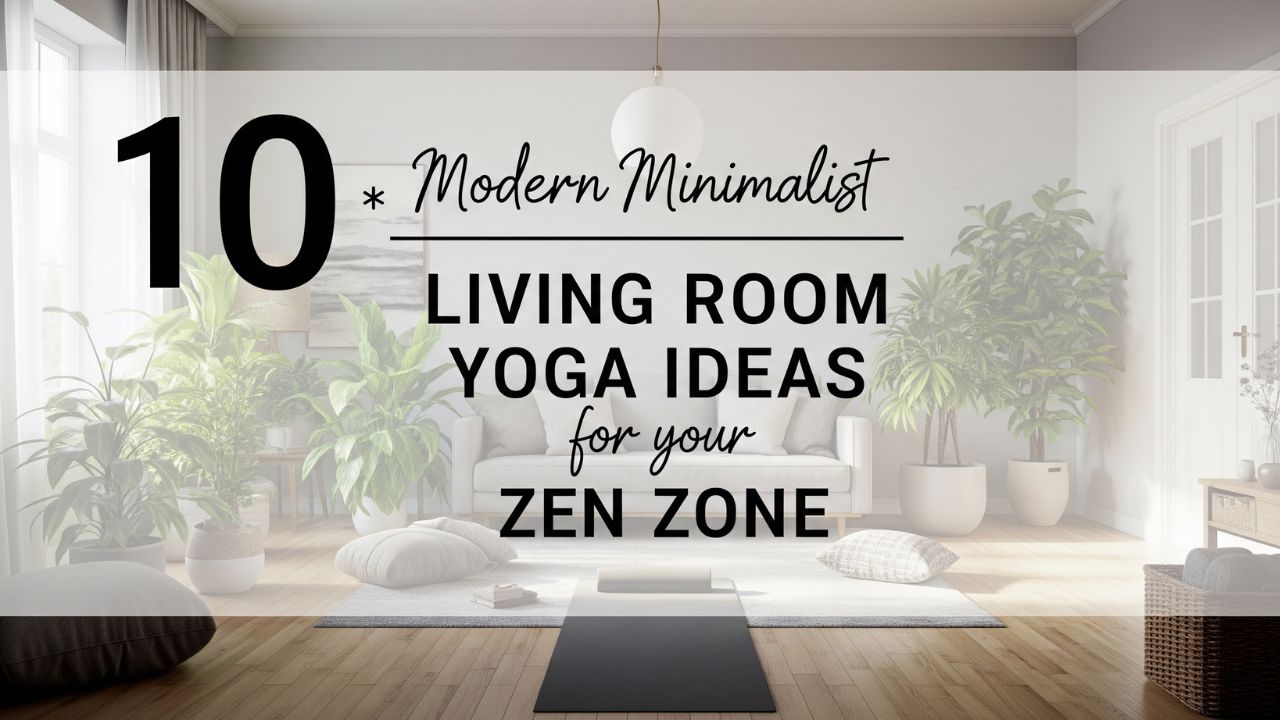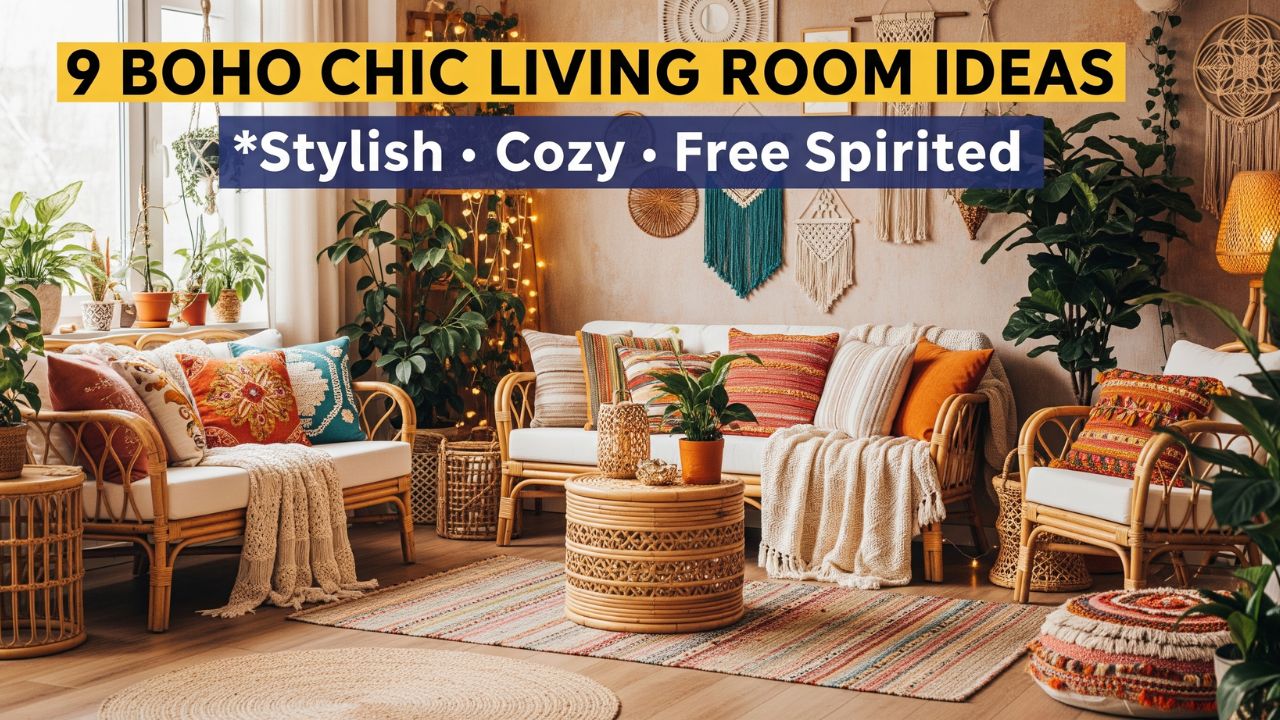Ever noticed how a Scandinavian living room feels like a deep breath of calm?
Soft textures. Clean lines. A glow that feels more like comfort than design.
That’s the power of Scandinavian design — it doesn’t shout, it whispers. And when it comes to sofas, this style transforms simplicity into a feeling: Hygge — the Danish concept of cozy, content living.
In a world obsessed with more, Scandinavian sofa design teaches restraint. It’s not about opulence; it’s about balance — where every curve, cushion, and color has a quiet purpose.
So if you’re dreaming of a living room that feels warm, light-filled, and intentionally designed, you’re in the right place. Here are 10 Scandinavian living room sofa designs that embody the perfect blend of minimalism and warmth — your gateway to a space that feels like home, no matter where you live.
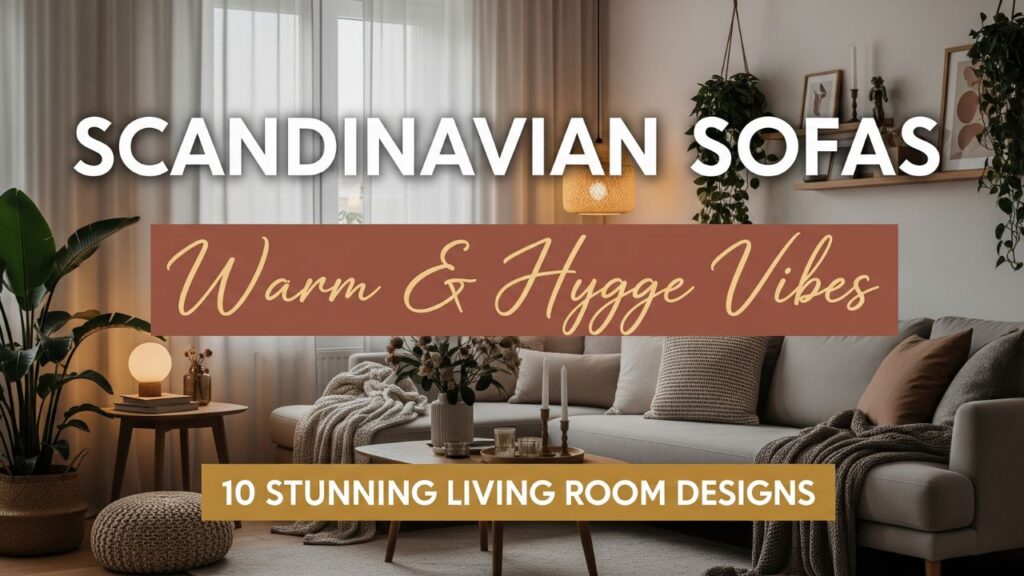
Table of Contents
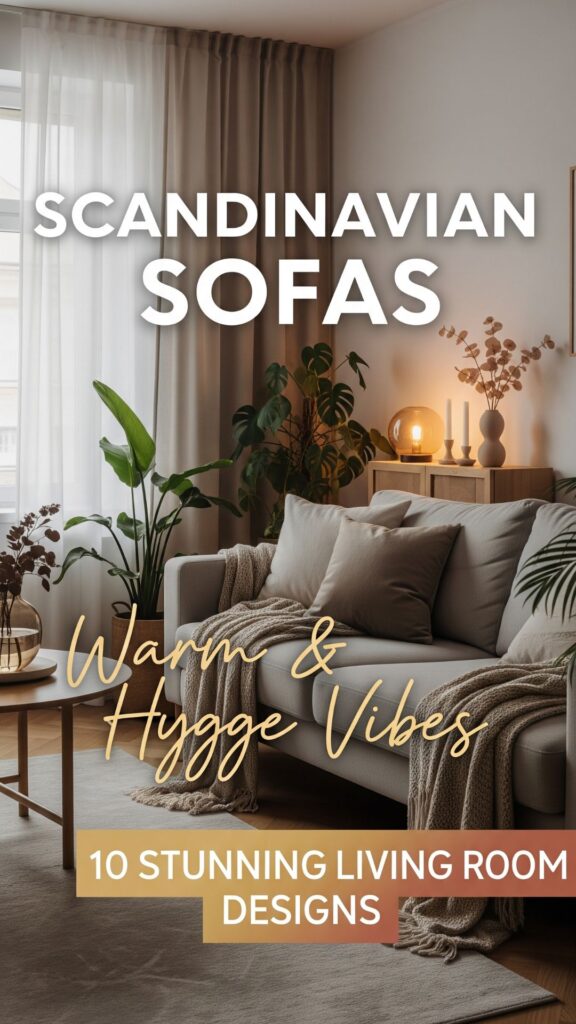
10 Scandinavian Living Room Sofa Designs
1. The Classic Neutral Linen Sofa
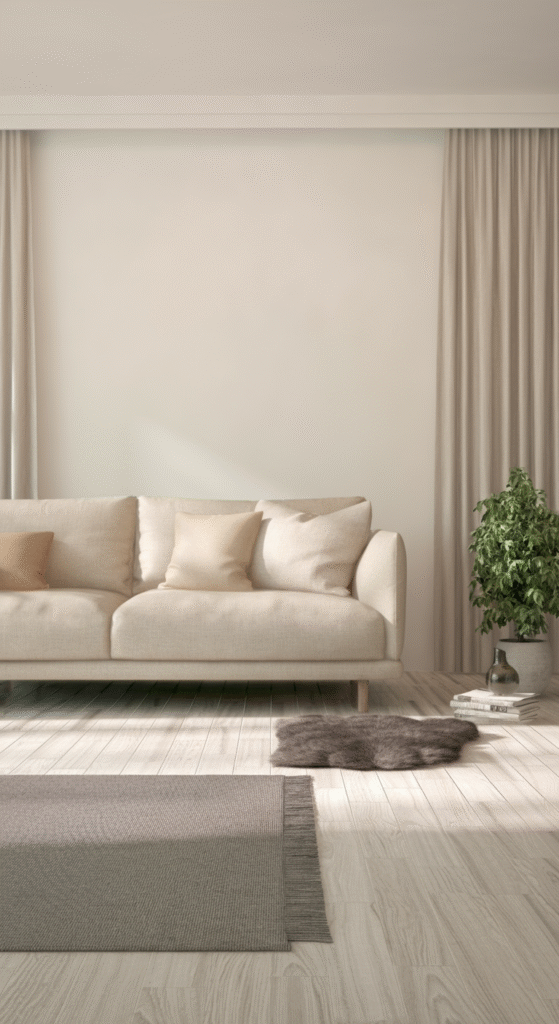
A linen sofa in shades like beige, sand, or warm ivory is the backbone of Scandinavian interiors.
Its texture adds quiet sophistication while the neutral tone blends seamlessly with wooden floors, white walls, and natural light.
Do you know why Scandinavian homes rarely use bright colors?
Because they rely on light neutrals to bounce sunlight during long, dark winters — turning rooms into luminous sanctuaries.
Pair this sofa with a chunky knit throw and wool cushions for an authentic Hygge touch.
2. The Low-Profile Modular Sofa
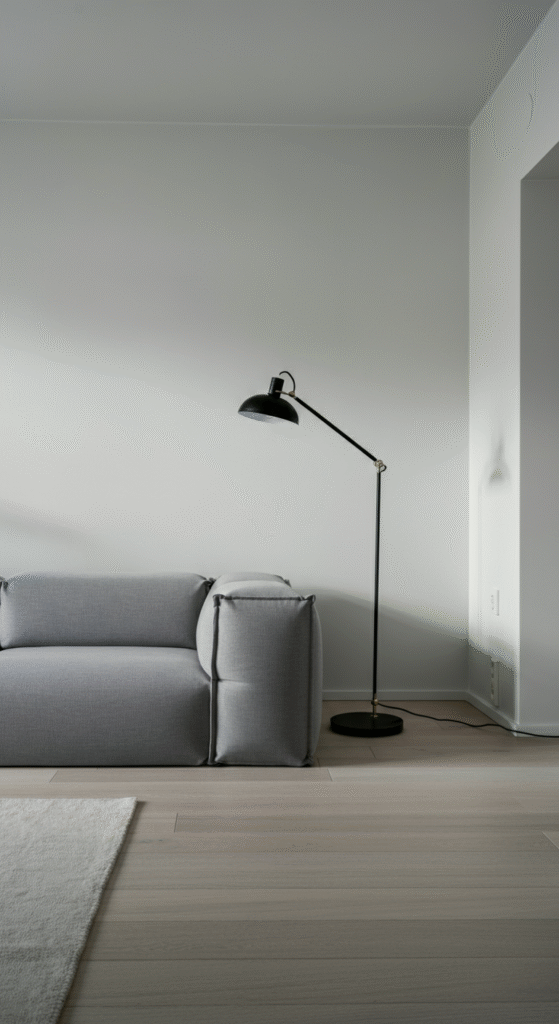
Scandinavian design loves low silhouettes — furniture that doesn’t dominate the room but rather extends its openness.
A modular sofa fits this philosophy perfectly, offering flexibility and function without losing form.
Go for muted grey or taupe tones, and combine it with a minimalist coffee table. Add a tall floor lamp with a linen shade, and you’ve instantly got that Nordic calm.
Interesting fact: Modular sofas became popular in Scandinavia during the 1970s as compact urban homes demanded smarter, adaptable furniture — a principle that still defines the style today.
3. The Mid-Century Modern Revival
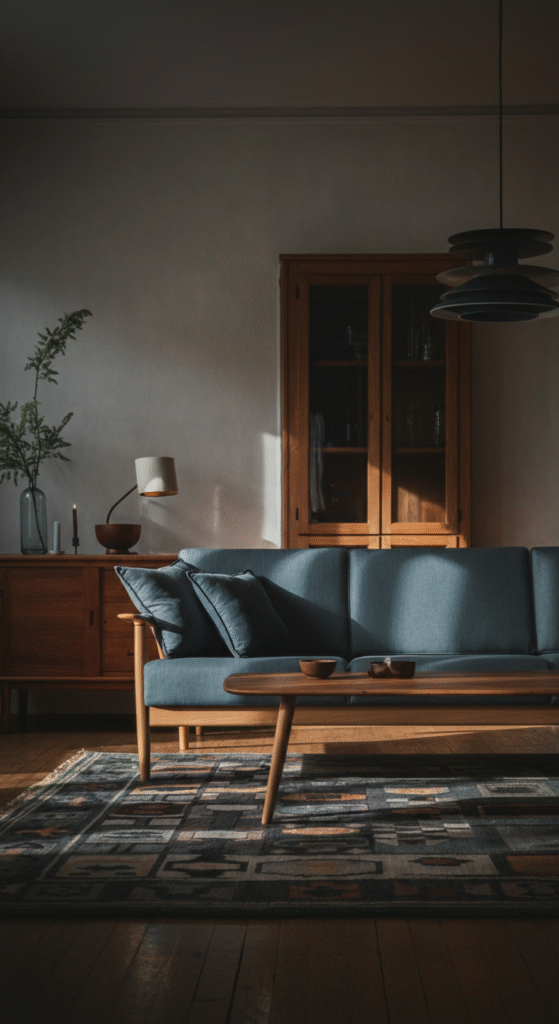
If your taste leans toward timeless style, the mid-century Scandinavian sofa is your hero.
Think tapered wooden legs, structured cushions, and simple, elegant lines.
Opt for light oak or ash wood frames — signature Scandinavian materials — and upholstery in off-white or slate blue.
This design bridges the gap between nostalgia and modernity, giving your space a rooted yet fresh character.
Tip: Place a soft sheepskin rug beneath or drape it over the armrest for that unmistakable Danish comfort.
4. The Warm Leather Statement Sofa
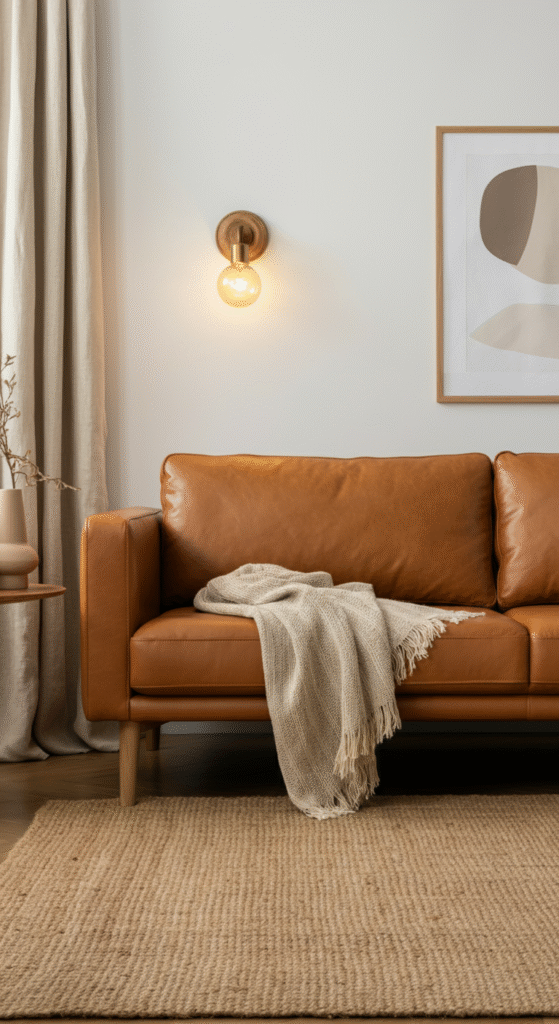
Leather in Scandinavian spaces? Absolutely — but only the right kind.
Skip the glossy dark tones and choose matte caramel, cognac, or tan leather. It develops a beautiful patina over time, making your space feel lived in rather than staged.
A leather sofa adds depth and warmth to a pale interior, especially when paired with linen curtains and hand-woven rugs.
Myth-buster: Many assume leather feels cold in minimalist interiors. In reality, its natural texture contrasts perfectly with the soft fabrics typical of Hygge design, creating balanced coziness.
5. The Curved Cloud Sofa
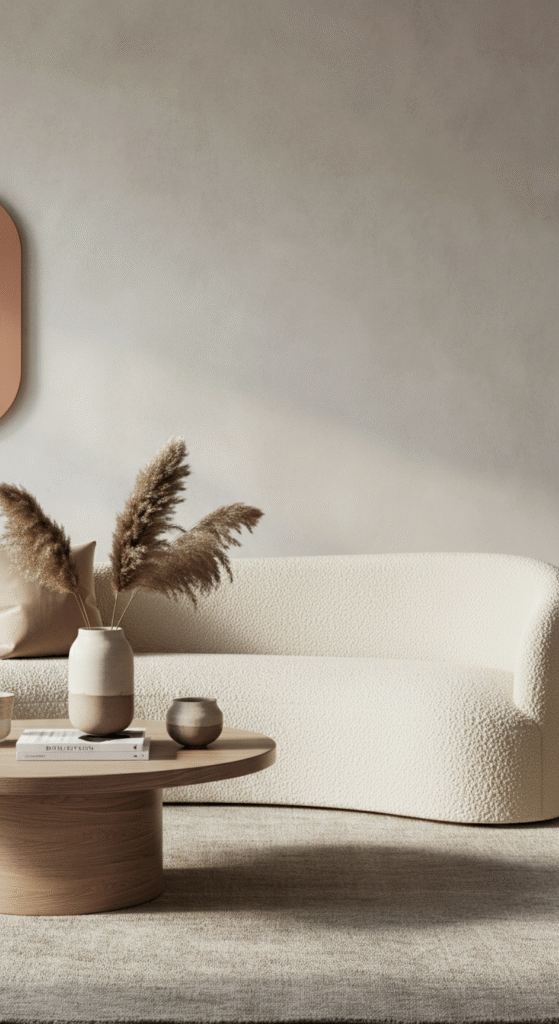
Scandinavian minimalism doesn’t mean sharp or sterile.
Modern Nordic homes are embracing softer, organic shapes — like curved or cloud-style sofas that mimic nature’s flow.
These rounded forms break visual rigidity, inviting relaxation and conversation.
Imagine sinking into a creamy boucle fabric with a cup of hot cocoa — that’s modern Hygge luxury.
Pair with an oval coffee table and a cluster of ceramic vases in muted tones to maintain visual harmony.
6. The Two-Tone Contrast Sofa
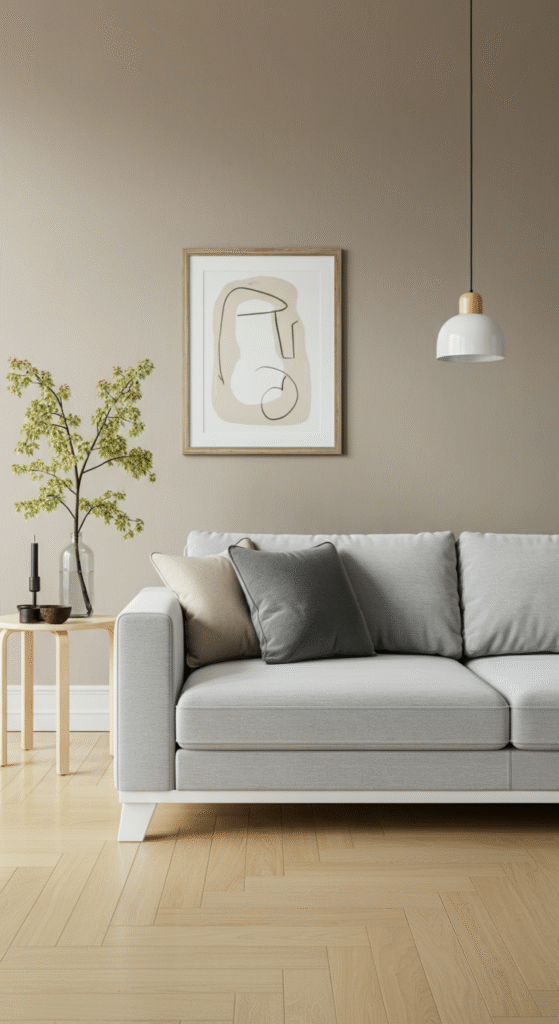
If your living room feels flat, a two-tone Scandinavian sofa can add dimension without chaos.
Think white frame with grey cushions, or beige upholstery with dark walnut legs.
This subtle contrast creates balance and visual rhythm, proving that simplicity doesn’t mean monotony.
Did you know?
Scandinavian interiors often follow the 60-30-10 rule — 60% dominant neutral tone, 30% secondary tone, and 10% accent color — ensuring serenity with visual interest.
7. The Compact Loveseat for Small Spaces
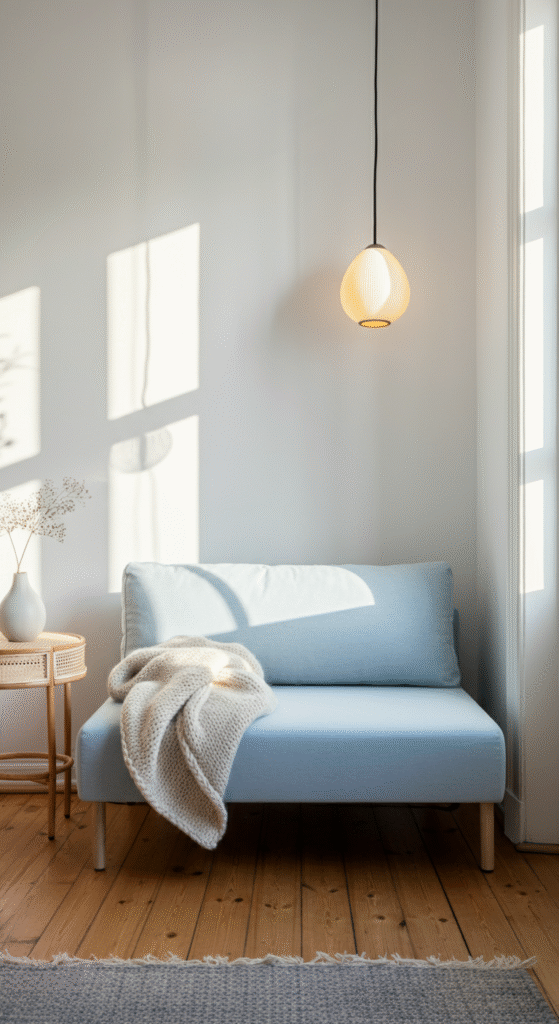
Scandinavians mastered small-space living long before “tiny homes” became a global trend.
A compact loveseat embodies their efficiency — clean design, functional form, and soft comfort in one compact piece.
Choose pastel tones like misty blue or pale sage to keep things airy. Add a woolen throw blanket and cane side table, and you’ve created a perfect corner for reading or quiet moments.
Fact: In Scandinavian design, every object has to “earn” its place — if it doesn’t add comfort, warmth, or utility, it doesn’t belong.
8. The Bouclé Dream Sofa
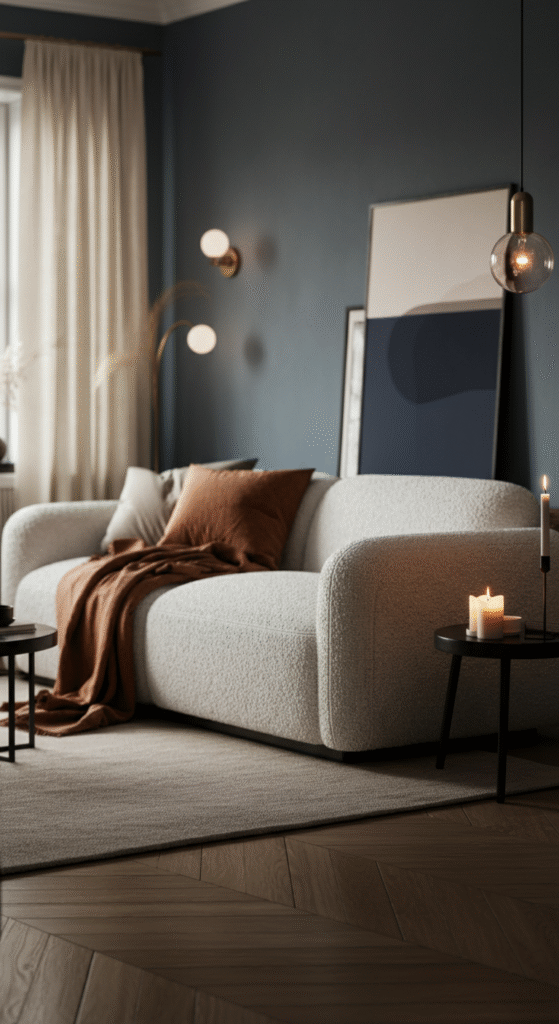
Bouclé has become a modern favorite across Scandinavia, and for good reason — it’s tactile, comforting, and timeless.
Its looped texture adds dimension without patterns or prints, keeping the minimalist ethos intact.
A white or cream bouclé sofa instantly elevates any space, blending effortlessly with wooden tones and stone accents.
To prevent it from feeling too pristine, layer it with earth-toned pillows or a muted terracotta throw.
Do you know? Bouclé’s origins trace back to post-war Europe, where scarcity of ornate materials pushed designers toward simple, textural fabrics — a perfect match for Scandinavian minimalism.
9. The Rustic Wood-Frame Sofa
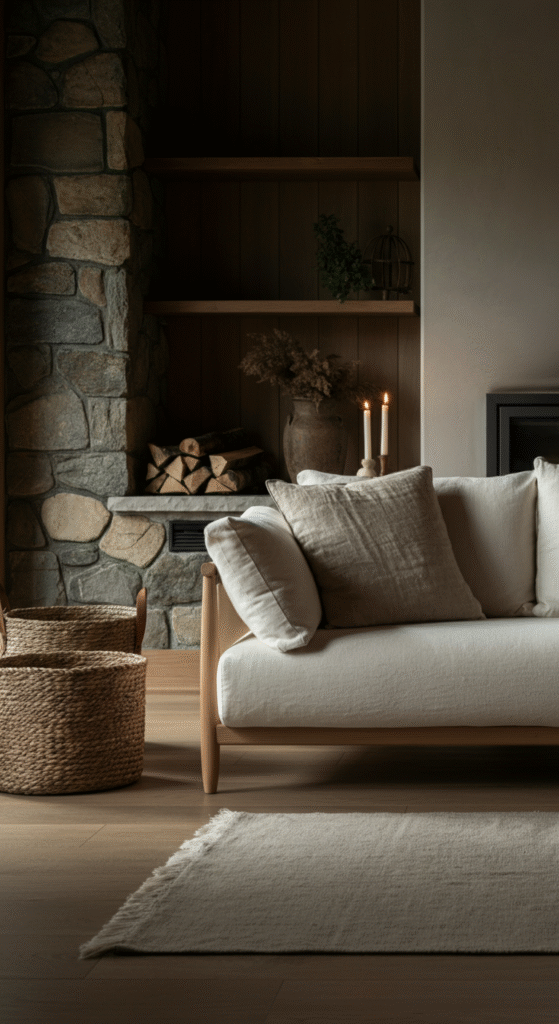
When the world outside is covered in snow, natural wood becomes the heartbeat of Hygge.
A sofa with visible wooden arms or base adds that rustic warmth to modern living rooms.
Opt for birch or beech wood with light linen upholstery. Combine it with woven baskets, indoor plants, and soft lighting to create a grounded, organic look.
Pro tip: Scandinavian interiors avoid synthetic shine. Choose matte finishes and handcrafted details — they age beautifully and make the space feel real.
10. The Muted Pastel Statement Sofa
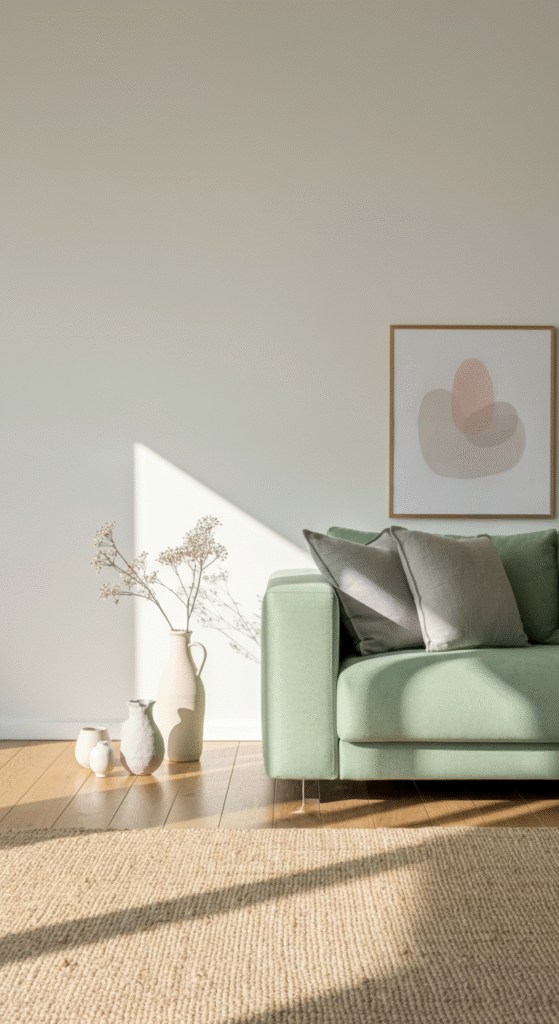
If you crave color but fear disrupting Scandinavian calm, here’s your compromise — muted pastels.
Soft blush, dusty rose, sage green, or powder blue can lift the mood while keeping that Nordic restraint intact.
A pastel sofa becomes a gentle focal point when surrounded by white walls, oak floors, and textured neutrals.
Psychological fact: Pastels reflect more light and are perceived as more relaxing to the human eye — a reason they feature heavily in Scandinavian interior therapy concepts.
Bonus: How to Complete the Hygge Look Around Your Sofa
A Scandinavian sofa sets the tone — but the Hygge effect depends on everything around it.
Here’s how to amplify that warmth:
- Lighting: Use soft, diffused lighting — pendant lamps, candles, and paper lanterns.
- Textures: Mix wool, linen, cotton, and leather. The tactile diversity adds emotional warmth.
- Nature: Add indoor plants or fresh branches in ceramic vases for life and texture.
- Art & Decor: Stick to minimal wall art — think black-and-white prints or nature sketches.
- Layout: Keep breathing space. Negative space in Scandinavian interiors is as important as the furniture itself.
Conclusion
Scandinavian living room sofa designs aren’t just about aesthetics — they’re about how a room makes you feel.
Each sofa on this list captures the essence of Hygge living — simple, serene, and soul-warming.
Whether you love the structured elegance of mid-century lines or the inviting softness of bouclé curves, remember this:
A true Scandinavian sofa isn’t defined by price or brand. It’s defined by intention — how it welcomes you after a long day, how it invites connection, and how it celebrates the quiet beauty of living simply.
In a world chasing trends, the Scandinavian way reminds us to slow down, find balance, and build spaces that feel like a soft exhale.
Frequently Asked Questions (FAQs)
What colors are best for a Scandinavian sofa?
Neutral colors like beige, ivory, light grey, and taupe dominate Scandinavian design. However, muted pastels or natural leather tones also fit beautifully if balanced with light surroundings.
Can Scandinavian sofas work in modern apartments?
Absolutely. Their minimal design and neutral tones make them adaptable to modern spaces — even small apartments — while maintaining elegance.
What materials define Scandinavian sofa design?
Natural materials are key: linen, cotton, wool, leather, and light woods such as oak, ash, or beech.
How can I make my living room feel more Hygge?
Use layered lighting, add soft textiles, incorporate natural textures, and choose furniture that prioritizes comfort over complexity.
Are Scandinavian sofas expensive?
Not necessarily. You can find budget-friendly options with the same minimalist charm if you focus on materials, proportions, and texture instead of brand names.
